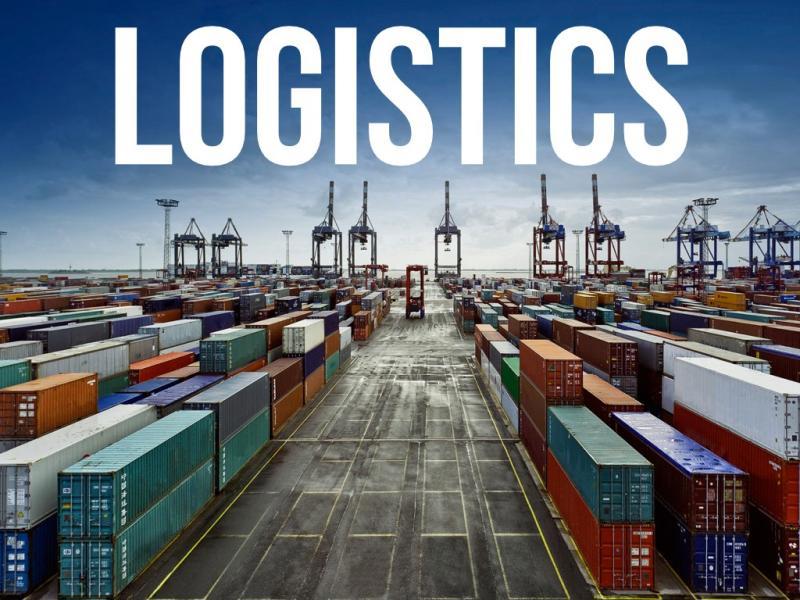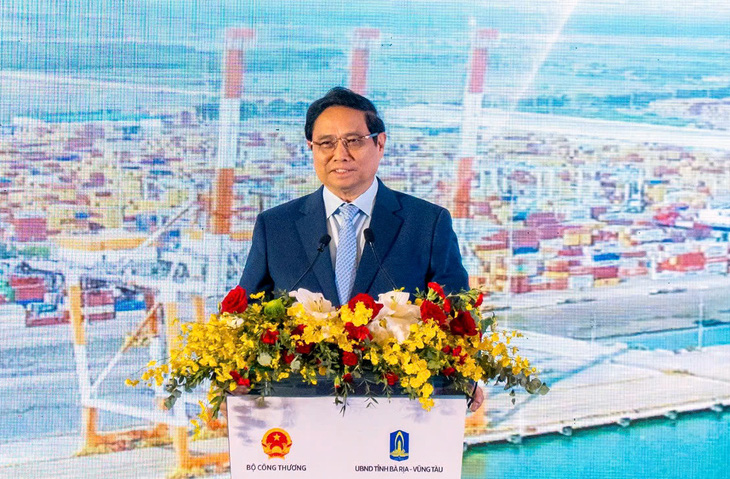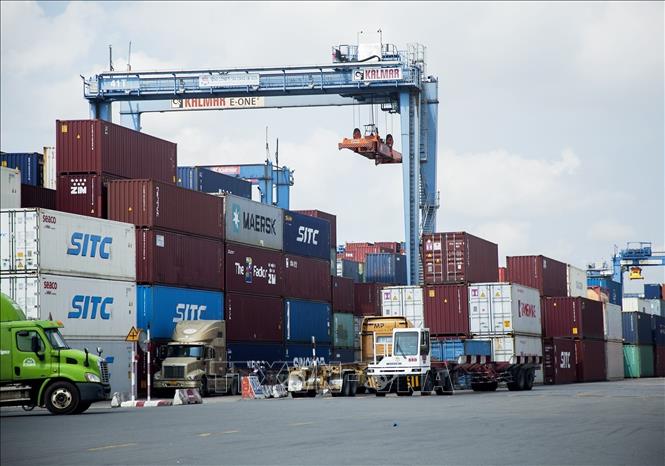The logistics sector in Vietnam is receiving increasing attention and holds significant potential for growth. On December 2nd, Prime Minister Pham Minh Chinh attended the Vietnam Logistics Forum 2024 in Ba Ria – Vung Tau, where he directed ministries and sectors to implement 3 goals and 7 solutions to develop the logistics services industry.
Assessing the Potential for Logistics Services Development in Vietnam

The logistics sector in Vietnam has strong potential for development.
Minister of Industry and Trade Nguyen Hong Dien opened the forum and emphasized that with an open economy and 17 free trade agreements with nearly 70 countries and territories, Vietnam has considerable potential and favorable conditions to develop logistics services. He also noted that the Vietnamese logistics services industry is growing strongly, with an average growth rate of 14-16% per year, and that Vietnam has entered the Top 10 emerging logistics markets in 2024. Numerous presentations at the forum also highlighted the importance of free trade zones for the development of the industry.
In addition, the Party Secretary of Ba Ria – Vung Tau province, Mr. Pham Viet Thanh, suggested that the formation of a free trade zone at Cai Mep Ha, associated with the seaport, is a strategic step to complete the logistics infrastructure of the Southeast region. He stressed the need to soon establish the Cai Mep Ha free trade zone, synchronously connected to Long Thanh International Airport and the Cai Mep – Thi Vai deep-sea port. According to him, this will create an absolute competitive advantage for Vietnam, promoting investment attraction in the service, industrial, and urban sectors along the East-West economic corridor from Moc Bai to Cai Mep – Thi Vai.
Goals Outlined by Prime Minister Pham Minh Chinh at the Forum

Prime Minister Pham Minh Chinh gave a directive speech at the forum
3 Goals Set for the Logistics Industry
These include the goals of reducing logistics costs from 18% to 15%, increasing the scale of logistics in the country’s GDP from 10% to 15%, striving for 20%. Raising the scale of Vietnam’s logistics services industry in the total global scale from 0.4% to 0.5%, striving for 0.6%. The industry’s growth rate from 14% to 15%, increasing to 20%.
7 Solutions Directed for Ministries, Sectors, and Localities
To achieve the above 3 goals, the Prime Minister directed ministries, sectors, and localities to implement 7 groups of solutions. In particular, the Prime Minister emphasized the importance of raising awareness of the role of logistics in the country’s economic development, identifying Vietnam as the logistics center of the Pacific region to fully exploit potential and opportunities.
Regarding institutions, the Prime Minister required the creation of a favorable environment to reduce costs and administrative procedures for people and businesses. In terms of infrastructure, it is necessary to build a seamless logistics system, reduce input costs and enhance competitiveness, while developing aviation, maritime, and high-speed rail sectors.
The Prime Minister also called for the development of a smart management system, training high-quality human resources, promoting logistics diplomacy, and modernizing domestic logistics operations. Finally, it is necessary to build and develop free trade, closely connect transportation modes, connect with free trade zones of the world and the international transport system.
In Summary

From the above information, it can be seen that Vietnam’s logistics industry is facing great opportunities for development and reaching regional stature. The synchronous implementation of the solutions directed by the Prime Minister will create momentum for the logistics industry to break through, making increasingly important contributions to the country’s socio-economic development.
However, achieving these challenging goals requires the joint efforts, synchronous and effective coordination of all levels, sectors, localities, as well as the unremitting efforts of logistics enterprises. In addition, continued attention, support, and favorable conditions from the State are needed so that the logistics industry can maximize its potential and advantages, worthy of its role as one of the leading economic sectors, an important driving force for Vietnam’s growth and international integration.
Source: Tuoi Tre Newspaper